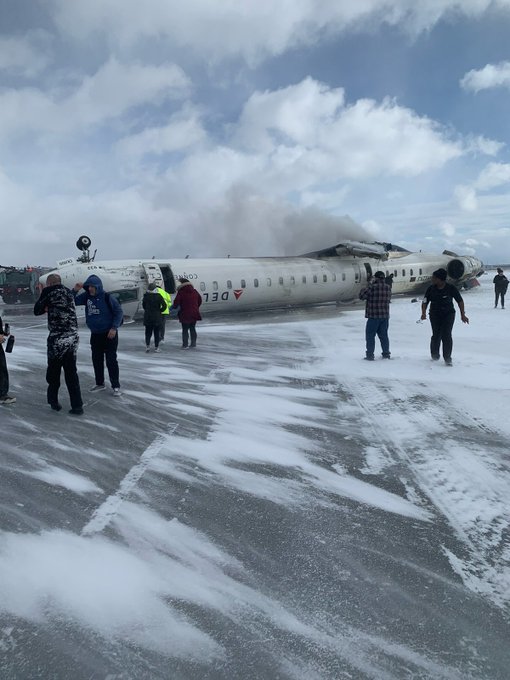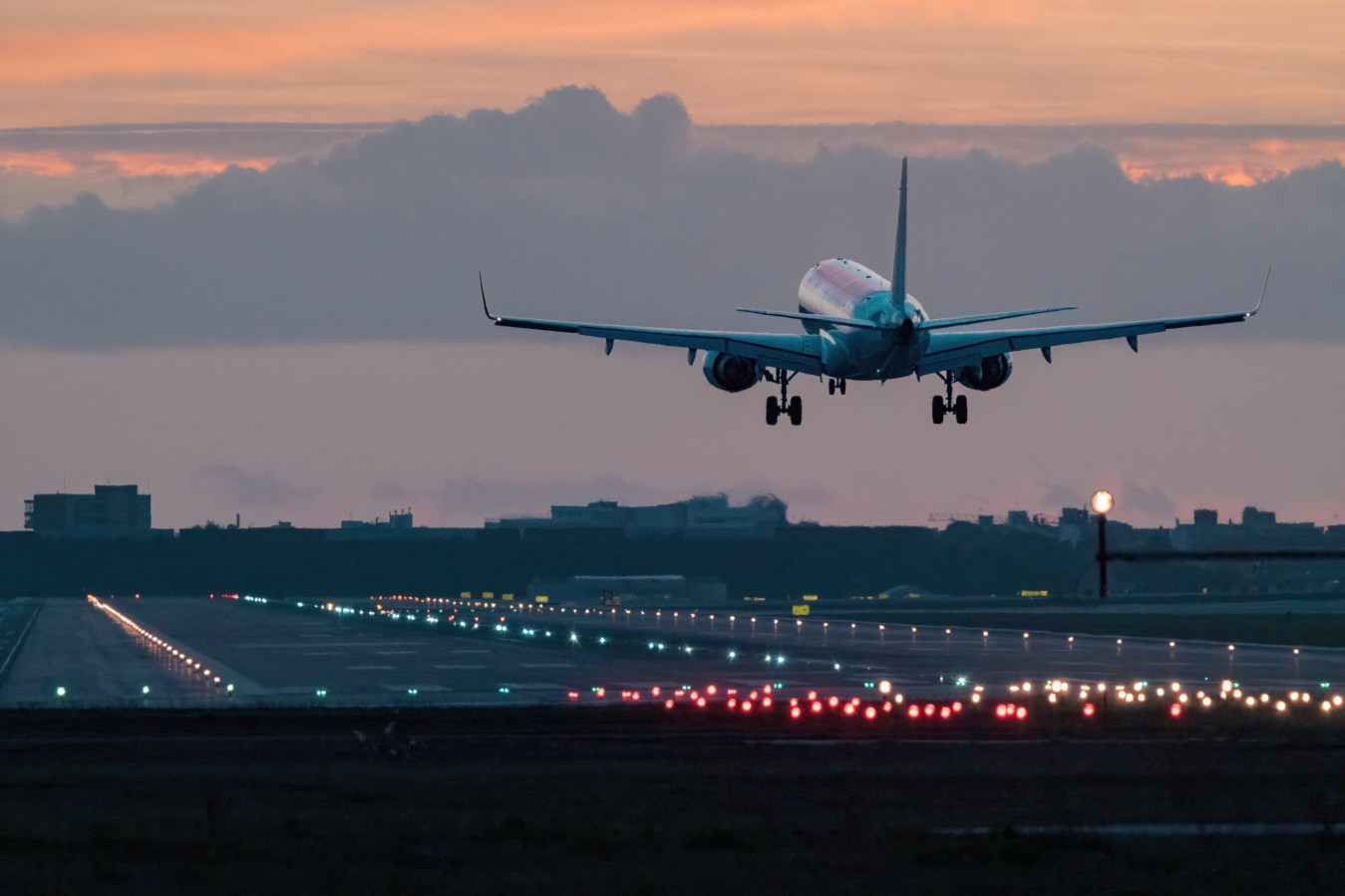The people have spoken: With a record 76,000 votes, these are the winning and highly commended images chosen from 25 nominees by fans of wildlife photography and nature around the world.

With a record number of 76,000 votes by wildlife photography and nature fans from around the world, the image of an ambling Eurasian badger entitled “No Access” won the 10th edition of the Wildlife Photographer of the Year People’s Choice Award 2024.
The renowned Wildlife Photographer competition is organized by the Natural History Museum of London.
Taken by British photographer Ian Wood, the photo showing a curious badger glancing up at some rather familiar graffiti in St Leonards-on-Sea, England, beat 25 images nominated for this year’s People’s Choice Award by the Natural History Museum and an international judging panel.
The shortlisted photographs were chosen from almost 60,000 images submitted from 117 countries and territories to the photo competition, in addition to the 100 winning images announced last year.
“Ian’s flawlessly timed image offers a unique glimpse of nature’s interaction with the human world, underscoring the importance of understanding urban wildlife,” said Douglas Gurr, director of the Natural History Museum. “His exceptional photograph serves as a powerful reminder that local nature and wildlife, often just outside our homes, can inspire and captivate us.”
Along with the winning shot, four Highly Commended images also impressed wildlife lovers across the globe: “Earth and Sky” by Francisco Negroni, capturing a double lenticular cloud illuminated at nightfall by lava emitted from the Villarrica volcano in Chile; “Edge of Night” by Jess Findlay, an action shot showing a ghostly barn owl exiting a derelict barn to hunt; “Whiteout” by Michel d’Oultremont, picturing a stoat sitting up to observe its snowy territory; and David Northall’s “Spiked,” which shows a bloodied yet determined honey badger returning to finish off a Cape porcupine, which had tried to defend itself earlier.
Found throughout Botswana, honey badgers are famously ferocious. They often chase animals many times their own size. This honey badger got an unpleasant surprise when it attacked the normally nocturnal Cape porcupine. The badger grabbed the porcupine’s right leg. In defense, the porcupine repeatedly backed into its attacker, piercing it with many quills.
During a lull in the attack, the porcupine managed to shuffle away, its leg badly damaged. After a short retreat, the bloodied badger returned. It finished off the porcupine under a bush close to the original attack, then dragged it into its underground den.
In The Wildlife Photographer Exhibition
The five images will be displayed both online and on the interactive voting screens in the flagship exhibition at the Natural History Museum until June 29.
“Wildlife Photographer of the Year shines a light on inspiring and impactful stories from the natural world to create advocates for our planet,” the organizers explain. “The annual competition for amateur and professional photographers of all ages from around the world uses photography’s unique emotive power to connect people with nature.”
Winner Of People’s Choice

An ambling Eurasian badger, illuminated by a streetlight, appears to glance up at badger graffiti on a quiet road in England. Residents of St Leonards-on-Sea had been leaving food scraps on the pavement for foxes, but badgers from a nearby sett were also coming to forage.
Ian Wood decided to photograph a badger he spied walking along the pavement by this wall late one night. He set up a small hide on the edge of the road to take this picture
“The outpouring of badger love since my photo was nominated for the People’s Choice Award has been beautifully overwhelming,” he says. “However, there is a darker side to this image. I live in rural Dorset, where a badger cull has decimated their numbers and unless the cull is stopped, we’ll only see badgers in urban settings in several parts of England.”

A double lenticular cloud is lit at nightfall by the lava emitted from Chile’s Villarrica volcano.
Villarica is in the town of Pucón in the south of Chile. It’s one of the country’s most active volcanoes and last erupted in 2015. Francisco Negroni takes regular trips to Villarrica to monitor its activity.
On this visit, he stayed nearby for 10 nights. He says every trip is “quite an adventure – never knowing what the volcano might surprise you with.” Some nights are calm, others furious as in this photograph, where the brightness of the crater lights the night sky.

A stoat sits up and observes its territory as it blends perfectly into a snowy landscape in Belgium.
Michel D’Oultremont had been looking for stoats in the snow for many years. He’d seen a few in Switzerland but never in his native Belgium. Then, finally his dream came true.
He lay in the snow with a white camouflage net covering all but his lens. This curious stoat came out of its snowy hole and sat up from time to time, observing its territory just before setting off to hunt.

A ghostly barn owl exits the hayloft window of a derelict barn to hunt in fields outside Vancouver, Canada.
Jess Findlay quietly watched the owl for several nights to understand its habits. He set up an invisible beam that would trigger a flash when the owl flew out of the barn. A slow shutter speed gathered ambient light cast on the clouds and barn. On the 10th night, all the moving parts came together as the owl left to begin its hunt.
Images entered to the 61st competition of Wildlife Photographer Of The Year, are currently being judged by an international panel of experts and the winners will be announced at the next annual awards ceremony to take place at the Natural History Museum in October.
This article was originally published on forbes.com.
Look back on the week that was with hand-picked articles from Australia and around the world. Sign up to the Forbes Australia newsletter here or become a member here.


